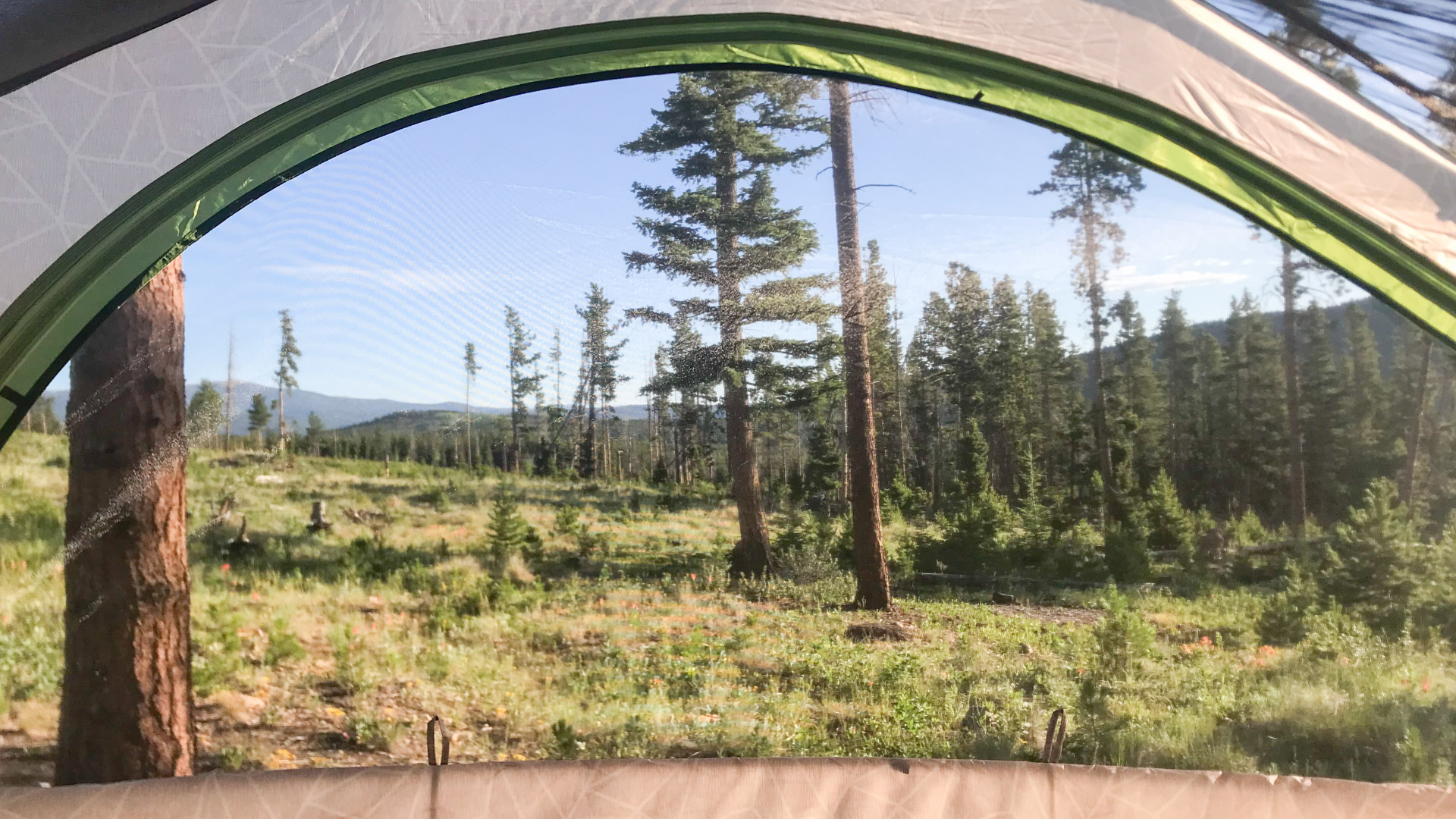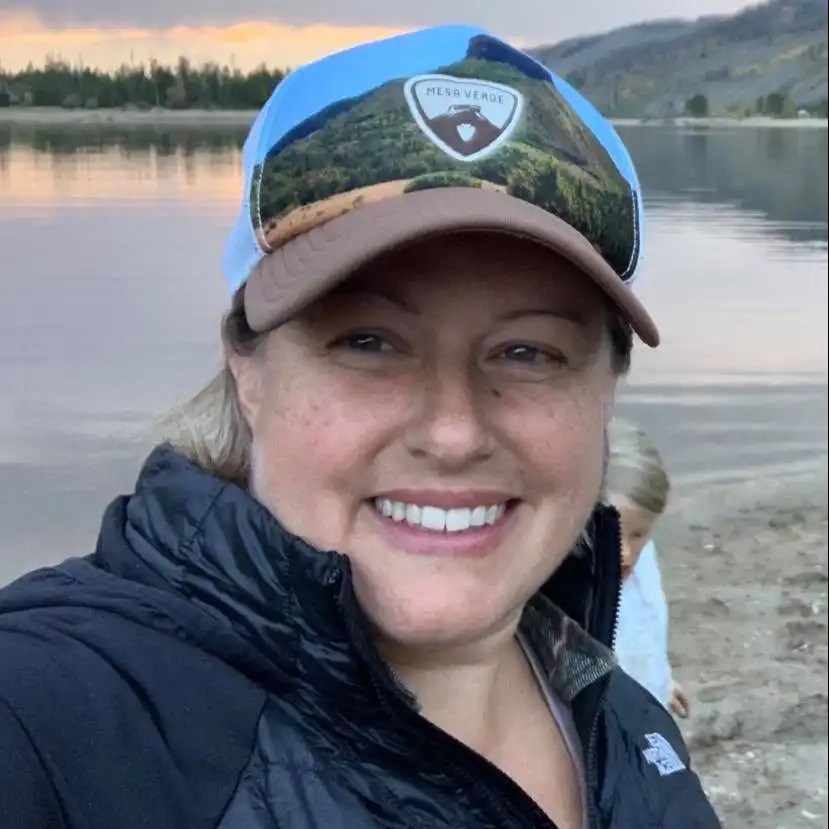
You may wonder what kind of campsite is best for you and your camping buddies. Amenities and location will vary even among campsites under the same category. A quick internet search can be very helpful in finding the information you are seeking about a particular campground and/or campsite. Here is a list of the top six most common types of campsites and campgrounds.

Established campground
These campgrounds are booked out, typically six months before, through websites including reserveamerica.com and recreation.gov. These sites could be within national parks and monuments, national or state forests, wildlife refuge areas, state recreation areas or on Bureau of Land Management (BLM) land. Most of these campgrounds have tent and RV sites, but services and amenities will differ per campground. These campsites tend to be more spread out and may or may not have tent pads. Sites typically have fire pits/rings and a picnic table. Most sites will be drive-up.

KOA/RV park campground
These campgrounds typically have full hookups for RVs. They also have tent sites and may also have small cabins, teepees or other accommodations. They also have amenities including camp stores, indoor bathrooms and showers. Pools, playgrounds, fishing ponds and mini golf courses as well as special events are also common at these types of campgrounds. Camp spots tend to be close together and sometimes are just cement pads. These campgrounds are often found close to national and state parks and near recreation opportunities. Most sites will be drive-up.

Private campground
Located on private land, the amenities at a private campground will vary greatly. These campgrounds can be booked typically via the campground website or through websites including hipcamp.com. These types of campgrounds may be found at working farms and vineyards. Beaches, deserts, meadows and mountains are also common locations. You may or may not be able to drive up to your site. Whether you are looking for glamping or just a place to put up a tent in a beautiful setting, private campgrounds may be a good option.

Informal campground
Usually first come, first served, these campsites are often the cheapest option, with the exception of dispersed camping. With the cheap night stay comes less amenities than you find at an established campground. Expect pit toilets and no access to water or RV hookups. Most likely, there won’t be a campground host, and you will just place payment in an envelope and leave it in a secure drop box.

Dispersed camping
If you are looking for a quiet, private and secluded campsite, dispersed camping might be the right choice for you. These sites are first come, first served and are usually found on land that is free to camp on including Bureau of Land Management (BLM) land and some national forest service land. Be ready to be self-sufficient, including having plenty of water (or a way to filter it) and feeling comfortable going to the bathroom in the wild, including digging a hole. Cell service is often not strong or reliable at these types of campsites. We recommend the app iOverlander, the National Forest Service website and freecampsites.net for finding dispersed camping spots.

Backcountry/primitive campsites
Backcountry and primitive campsites require you to purchase a permit for the length of your stay. These sites require you to hike, bike or paddle to reach them. You will need to carry all the gear you need. Cell service will be spotty, if you can find service at all. Most likely, no amenities will be available. This means you will need to have a way to filter water and a shovel for bathroom use.





